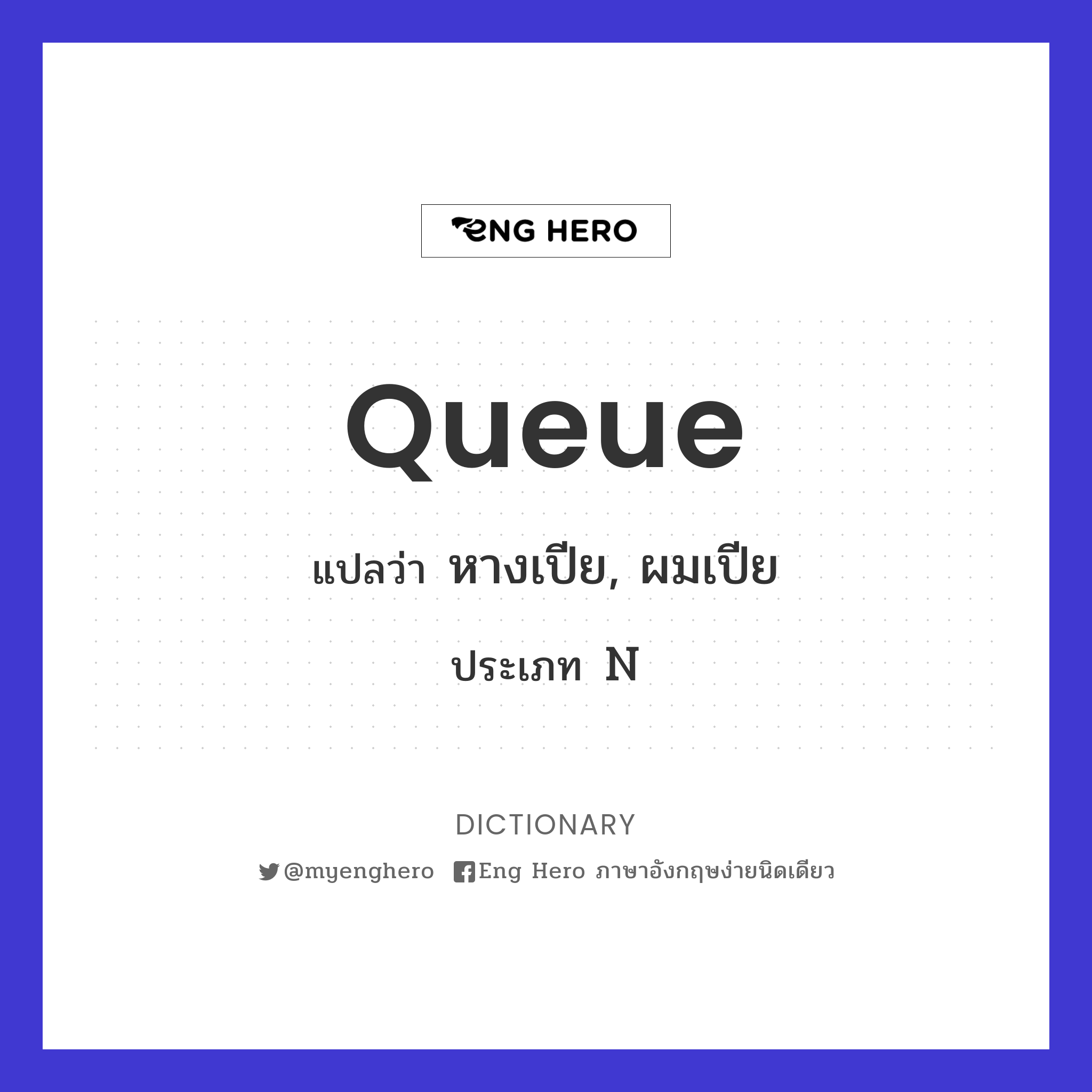เข้าคิว ภาษาอังกฤษ: คำแนะนำการจองคิวอย่างรวดเร็ว
‘ชอบแซงคิว’ ‘เข้าคิว’ ภาษาอังกฤษพูดว่าอย่างไร
Keywords searched by users: เข้าคิว ภาษาอังกฤษ กรุณารอคิว ภาษาอังกฤษ, ฉันกําลังรอคิว ภาษาอังกฤษ, ไปต่อคิว ภาษาอังกฤษ, อย่าแซงคิว ภาษาอังกฤษ, ไม่ต้องรอคิว ภาษาอังกฤษ, มีคิวก่อนหน้า ภาษาอังกฤษ, เข้าแถว ภาษาอังกฤษ, คิวที่ 1 ภาษาอังกฤษ
เข้าคิว ภาษาอังกฤษ: A Comprehensive Guide to Queuing in English
In the realm of language learning, mastering the art of queuing is often overlooked, yet it plays a crucial role in effective communication. Whether you’re waiting in line, navigating through a conversation, or participating in a discussion, understanding the nuances of queuing in English can significantly enhance your language skills. This comprehensive guide aims to delve deep into the concept of เข้าคิว (Queuing) in the English language, exploring its meaning, importance, related vocabulary, step-by-step processes, communication techniques, benefits, and additional tips and resources.
1. การเข้าคิวคืออะไร (What is Queuing)?
Queuing, or เข้าคิว in Thai, refers to the act of waiting in a line or queue for a service, event, or opportunity. It is a fundamental aspect of social interactions, particularly in English-speaking cultures where queuing is a common practice. Understanding the basics of queuing is essential for effective communication, as it reflects cultural norms and demonstrates courtesy and respect.
Queuing encompasses various situations, from waiting in line at a grocery store to joining a virtual queue for an online event. The concept goes beyond physical lines and extends to the orderly progression of ideas and conversations in verbal communication.
2. ทำไมการเข้าคิวเป็นสิ่งสำคัญในภาษาอังกฤษ (Why is Queuing Important in English)?
Queuing is a vital aspect of English language etiquette and communication. Here are key reasons why mastering the art of queuing is crucial:
-
Cultural Norms: Queuing is deeply ingrained in English-speaking cultures as a symbol of orderliness, fairness, and respect for others. Understanding and following queuing norms contribute to positive social interactions.
-
Effective Communication: In group discussions, waiting your turn to speak ensures that everyone has an opportunity to express their thoughts. Queuing in conversations promotes a balanced and respectful exchange of ideas.
-
Courtesy and Politeness: Queuing reflects politeness and consideration for others. It is a social skill that contributes to creating a harmonious environment, whether in casual conversations or formal settings.
3. ศัพท์ที่เกี่ยวข้องกับการเข้าคิวในภาษาอังกฤษ (Vocabulary Related to Queuing in English)
To navigate queuing situations effectively, it’s essential to be familiar with relevant vocabulary. Here are some key terms and phrases related to queuing in English:
- Queue: The line of people waiting for a service or event.
- Wait in Line/Queue: To stand in line and wait for one’s turn.
- Cut in Line/Queue: To join the line without waiting for your turn, often considered impolite.
- Queue Number: A numerical representation of an individual’s position in the queue.
- Queue Management: The process of organizing and managing queues efficiently.
Understanding and using these terms in context will enhance your ability to communicate effectively in queuing situations.
4. ขั้นตอนที่ต้องทำในการเข้าคิวในสถานการณ์ต่าง ๆ (Steps to Queue in Various Situations)
Queuing procedures can vary depending on the context. Here are general steps to follow when queuing in different situations:
4.1 การเข้าคิวที่ร้านห้าง (Queuing at a Department Store)
- Locate the Queue: Find the designated area for queuing at the checkout counter.
- Wait Patiently: Stand behind the person in front of you, maintaining a reasonable distance.
- Be Prepared: Have your items ready for checkout to expedite the process.
4.2 การเข้าคิวในการสนทนา (Queuing in a Conversation)
- Listen Actively: Wait for the current speaker to finish before responding.
- Acknowledge Others: Use non-verbal cues to show that you are engaged and waiting for your turn to speak.
- Wait for a Pause: Choose an appropriate moment to contribute to the conversation without interrupting.
4.3 การเข้าคิวในการเข้ารับบริการ (Queuing for Services)
- Follow Instructions: Observe any signage or instructions provided for queuing.
- Respect Personal Space: Maintain a respectful distance from others in the queue.
- Wait Calmly: Avoid unnecessary movements or attempts to skip the queue.
5. เทคนิคการเข้าคิวที่ดีในการสื่อสารภาษาอังกฤษ (Effective Queuing Techniques in English)
To enhance your queuing skills in English, consider the following techniques:
- Patience: Practice patience while waiting in line, whether physically or in a conversation.
- Active Listening: Focus on understanding others before expressing your thoughts.
- Non-Verbal Cues: Use body language to convey that you are attentive and respectful in conversations.
- Clear Communication: When queuing for services, communicate clearly with service providers to ensure a smooth process.
- Politeness: Always be polite and considerate of others in queuing situations.
6. ประโยชน์ของการมีทักษะการเข้าคิวในภาษาอังกฤษ (Benefits of Mastering Queuing Skills in English)
Mastering queuing skills in English offers numerous benefits, including:
- Enhanced Communication: Improved queuing skills contribute to clearer and more effective communication.
- Cultural Adaptation: Understanding queuing norms reflects cultural adaptability and respect for diverse customs.
- Social Confidence: Queuing etiquette boosts social confidence, making interactions smoother and more enjoyable.
- Professionalism: In professional settings, queuing skills showcase professionalism and attention to social norms.
7. ทริคส์และแหล่งข้อมูลเพิ่มเติม (Tips and Additional Resources)
To further enhance your understanding of queuing in English, consider the following tips and explore additional resources:
- Be Observant: Pay attention to queuing practices in different situations to adapt accordingly.
- Read More: Explore articles and books on English language etiquette and communication.
- Practice Regularly: Apply queuing skills in real-life situations to reinforce your learning.
FAQs (คำถามที่พบบ่อย):
Q1: กรุณารอคิว ภาษาอังกฤษ หมายถึงอะไร?
A1: คำว่า “กรุณารอคิว ภาษาอังกฤษ” หมายถึงคำขอให้ผู้ใช้รอต่อคิวหรือลำดับที่กำหนดเพื่อรับบริการหรือโอกาสต่าง ๆ ในทางที่เรียบร้อยและสุภาพซึ่งเป็นนิสัยทางสังคมในภาษาอังกฤษ
Q2: ทำไมการเรียนรู้เรื่องการเข้าคิวในภาษาอังกฤษถึงสำคัญ?
A2: การเรียนรู้การเข้าคิวในภาษาอังกฤษสำคัญเนื่องจากมีบทบาทในการสื่อสารที่มีความสำคัญ ทั้งในทางวัฒนธรรมและการติดต่อสื่อสาร เข้าใจและปฏิบัติตามการเข้าคิวให้ถูกต้องช่วยเสริมสร้างทักษะการสื่อสารที่ดีในภาษาอังกฤษ
Q3: มีทริคส์ใดที่ช่วยในการเข้าคิวในภาษาอังกฤษได้บ้าง?
A3: การรอคิวที่ดีในภาษาอังกฤษสามารถปรับปรุงได้ด้วยการใช้ความอดทนในการรอ, การฟังอย่างรอบคอ, การใช้ภาษาไม่มีความก้าวร้าว, การใช้ท่าทีและสัญญาณทางร่างกาย, และการสื่อสารอย่างชัดเจน
สรุป (Conclusion):
การเข้าคิวในภาษาอังกฤษไม่เพียงแค่เป็นกระบวนการรอคอยเพื่อรับบริการ แต่มีบทบาทสำคัญในการสื่อสารที่ดีและการปรับตัวตามสังคม. การเรียนรู้ทักษะการเข้าคิวในภาษาอังกฤษจึงเป็นสิ่งสำคัญที่ผู้เรียนภาษาควรให้ความสนใจ และปฏิบัติตามเพื่อพัฒนาทักษะการสื่อสารของตนเองในภาษาอังกฤษ. ผ่านบทความนี้, เราได้สำรวจเนื้อหาเกี่ยวกับการเข้าคิวในภาษาอังกฤษอย่างละเอียดเพื่อเสริมสร้างความเข้าใจและปฏิบัติตามหลักสำคัญในการรอคอยและสื่อสารในภาษาอังกฤษ.
Categories: แบ่งปัน 83 เข้าคิว ภาษาอังกฤษ

(v) queue up, See also: stand in line, Syn. เข้าแถว, ต่อคิว, Example: นักเรียนเข้าคิวขึ้นรถเมล์ เป็นภาพที่น่าดูชมมาก, Thai Definition: เข้าแถวยืนเรียงกันตามลำดับมาก่อนมาหลัง(คิว) n. ผมเปีย, แถวเรียง, แถวยาว, คิว vi., vt. เข้าแถวยาว, เข้าคิว, เรียงแถวคิว (Queue) คือ ชุดของข้อมูลที่เรียงต่อกัน และจัดลำดับการเก็บข้อมูลแบบเข้าก่อนและนำออกก่อน มักเรียกว่าไลโฟ (FiFo = First in First out) อาจมองว่าข้อมูลเข้าใหม่จะมาเรียงต่อท้าย หากเรียกใช้ก็นำข้อมูลที่เคยเข้ามาก่อนออกไปใช้ก่อน ดังนั้นข้อมูลที่เข้ามาก่อน จะอยู่หน้าสุด และพร้อมจะออกเร็วที่สุด
Queue หมายถึงอะไร
[คิว (Queue) หมายถึงอะไร] คำว่า “คิว” มีหลายความหมายที่ผู้อ่านควรทราบเพิ่มเติม เป็นทั้งการเรียงลำดับ, การเรียงแถว, และการเข้าคิวที่มีความหลากหลายในทางปฏิบัติ. ในทางประชากร, คิวอาจหมายถึงการเรียงลำดับของคนหรือสิ่งของที่ต้องรอตามลำดับที่กำหนด. ในทางอาศัย, คิวอาจหมายถึงแถวยาวของผู้คนที่รอเข้าใช้บริการหรือสิ่งของ. นอกจากนี้, “คิว” ยังเป็นคำกริยาที่ใช้เน้นการเข้ารับบริการหรือเข้าใช้งานลำดับต่อไป. ดังนั้น, เพื่อให้ผู้อ่านเข้าใจมากขึ้น, คำว่า “คิว” มีความหมายที่หลากหลายและนอกจากการเรียงลำดับแล้วยังเกี่ยวข้องกับการรอคอยและการเข้าใช้บริการ.
Queue ใช้ยังไง
[คิว (Queue) คือการจัดเก็บข้อมูลที่ทำงานตามหลักการเข้าก่อนออกก่อน (First in First out – FIFO) ซึ่งหมายถึง ข้อมูลที่ถูกนำเข้าก่อนจะถูกนำออกใช้ก่อนเสมอ คือตัวอย่างของแบบระบบไลโฟ (FiFo) ที่ใช้ในการจัดเก็บข้อมูล. เมื่อข้อมูลถูกนำเข้า, มันจะถูกเพิ่มไปยังส่วนท้ายของคิว. การเข้าถึงข้อมูลที่ถูกเพิ่มเข้าไปล่าสุดจะเป็นไปตามลำดับที่มันถูกเพิ่มล่าสุด, จึงทำให้ข้อมูลที่ถูกนำเข้าก่อนหน้านี้จะอยู่ที่ด้านหน้าของคิว และจะถูกนำออกไปใช้ก่อนข้อมูลที่ถูกนำเข้าใหม่ล่าสุด. ดังนั้น, ระบบคิวทำให้การจัดการข้อมูลเป็นไปอย่างเรียงลำดับและตอบสนองได้อย่างมีระบบ.
แซงคิว เขียนยังไง
Understanding “แซงคิว เขียนยังไง” in Thai Culture
In Thai culture, the phrase “[แซงคิว เขียนยังไง]” is commonly used to describe the action of jumping the queue or cutting into a line. The term “[แซงคิว]” translates to “jump the queue” or “cut into the line” in English. It is a verb accompanied by the expression “[เขียนยังไง],” which roughly means “how to do it” or “the method of doing so.” Therefore, when combined, the phrase refers to the act of bypassing or skipping ahead in a line, and it implies a curiosity or interest in understanding the technique or approach involved.
This linguistic insight helps readers grasp the cultural context surrounding the practice of queue-jumping in Thai society, shedding light on the language nuances and the underlying curiosity associated with the act.
จองภาษาอังกฤษพูดว่าอะไร
The paragraph discusses the meaning of the English word “reserve” and its equivalents in Thai, which include “จองที่นั่ง” and “จองห้อง.” In the context of language, “reserve” is synonymous with terms such as “book,” “make a reservation,” and “engage.” These words convey the idea of securing a place or service in advance. For example, when reserving a seat or booking a room, individuals are essentially making arrangements beforehand. The provided information aims to enhance the reader’s understanding of the term “reserve” and its related concepts in both English and Thai.
สรุป 23 เข้าคิว ภาษาอังกฤษ








See more here: lasbeautyvn.com
Learn more about the topic เข้าคิว ภาษาอังกฤษ.
- เข้าคิว แปลว่าอะไร ดูความหมาย ตัวอย่างประโยค หมายความว่า …
- ชอบแซงคิว เข้าคิว ภาษาอังกฤษพูดว่าอย่างไร โดยครูโรซี่ – VLEARN
- เข้าคิว แซงคิว คุณอยู่ในคิวมั้ย ภาษาอังกฤษว่าอย่างไร
- อาจารย์อดัม – เข้าคิว แซงคิว คุณอยู่ในคิวมั้ย
- *queue* แปลว่าอะไร ดูความหมาย ตัวอย่างประโยค หมายความว่า …
- คิว (Queue) – Thaiall